I promise I will post a recipe soon but in the meantime, our latest wildlife spotting was too good not to share.
The other morning, I was out in the garden with James, my three-year-old, when I noticed that something had been digging in the raised bed we planted with garlic last fall. It's not unusual for a squirrel or chipmunk to wreak havoc but when I took a closer look, I noticed that the dirt was all mounded up - like someone had added a couple shovels full to it.
That's when I saw a large reptilian head nestled in the soft, brown earth. My first thought was, "Is that an IGUANA?!" and then I quickly realized that it was a snapping turtle.
I grew up next to a pond here in upstate New York so I have long experience with these fierce creatures. Snapping turtles (Chelydra serpentina) are native to this area and are known for their fierce, even combative dispositions. I once tried to help one across the road to prevent it from getting run over. Once.
I used a stick to prod it gently from behind but it whipped its head around and shot it's neck out about a foot at me with a vicious snap of its jaws. I dropped the stick and decided I'd just let it take its chances on the road. So when I found this fine old lady getting ready to lay a clutch of eggs in our garden, I quickly moved both kids to higher ground because their behavior around parking lots indicates that their instinct for self-preservation is a tad underdeveloped.
Her first response to our presence was to dig herself deeper into the dirt. An understandable reaction but not ideal from our point of view -- the last thing we need is dozens of baby snappers hatching out of our garlic and then coming back every year to lay their own eggs...
Unfortunately, moving a snapping turtle is not the easiest task. They are large, heavy and, unlike, most animals, they do not run from a threat. Instead, they prefer to turn and face it head on. So every time I would try to prod her forward with my long stick, she'd turn herself around and snap at the stick. She also let out a low, loud hiss that got her point across in no uncertain terms and gave me shivers. What a magnificent, scary beastie!
Eventually, we managed to prod/lift her out of the raised bed and get her onto a shovel.
Then Rahm kind of gently shoveled her into this plastic garden cart I had laid down in front of her and tipped it back up, trapping her neatly inside.
Then he dragged her out of the garden to a marshy area on our property that is back in the direction of the pond next door.
We will be adding some additional fencing to the part of the garden where she came in as we'd prefer not to have her back again and would also hate to waste her time when she could be finding a more hospitable location for her nursery. The incident left a bit of a mess but we replanted the garlic and are hoping it will make a full recovery.
Although this was a bit too close for comfort for my taste, especially with the small humans running around, I will note that the boys were DELIGHTED by the whole incident. So much better than watching Nature shows on PBS (though we like those, too.) Naturally, I looked them up when I got inside. Here are my favorite snapper facts:
- They look ancient because they are. Snapping turtles have been around in more or less the same form for 40 million years and used to hang with the dinosaurs (no relation).
- They keep growing as long as they're alive and can get up to at least 75 pounds in the wild (heavier in captivity). They can live to at least 100 and one thing I read said they can live until 170 years by which time they must be the size of a small car.
- They do not reach sexual maturity until they are between 12-20 years old - the further north you go, the longer it takes them to mature. That means the mom we met was probably at least 15 years old.
- The sex of the baby turtles is determined by the temperature in the nest. Eggs maintained at 68°F produce only females; eggs maintained at 70-72°F produce both male and female turtles; and those incubated at 73-75°F produce only males.
- Do not ever pick up a snapping turtle (or any turtle) by its tail - you can do serious damage to it's vertebrae and spinal column (you can also get bitten). A good rule of thumb is not to pick up a snapping turtle... But if you do need to for some unimaginable reason, you can most safely (for you and the turtle) grab it underneath its carapace, above its back legs. Beware the head - they can really whip that thing around far.
- The snapping turtle has been the state reptile of New York since 2006 - who knew?!
- Lest you are thinking about bringing one home, I will leave you with my favorite sentence from the Wikipedia entry on snapping turtles, "The common snapping turtle is not an ideal pet." I actually laughed out loud when I came to it.
You might also like:
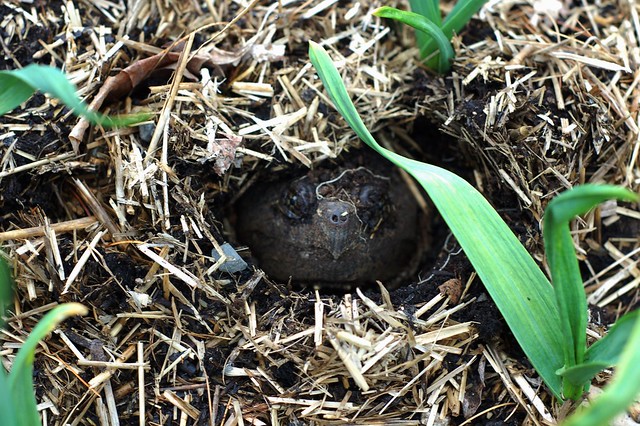
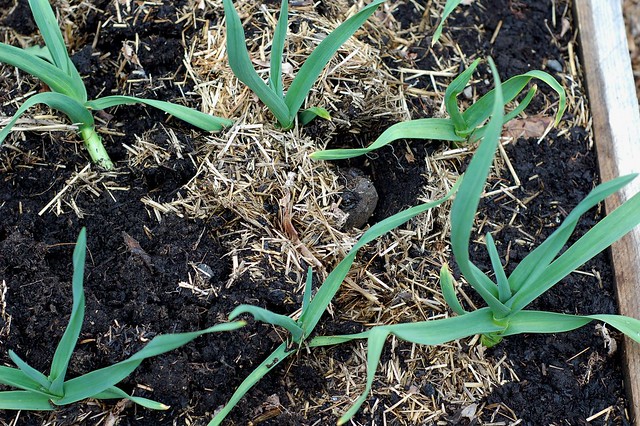
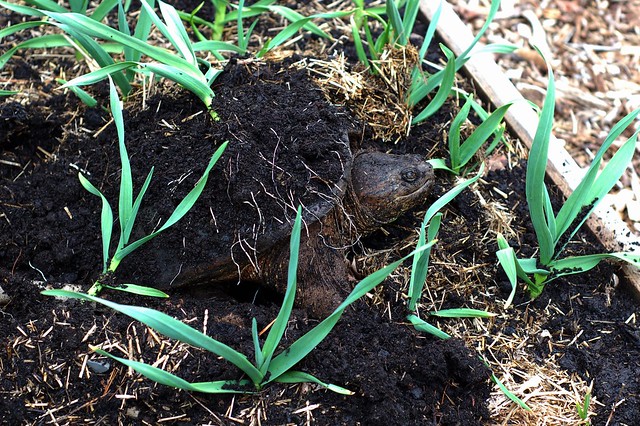
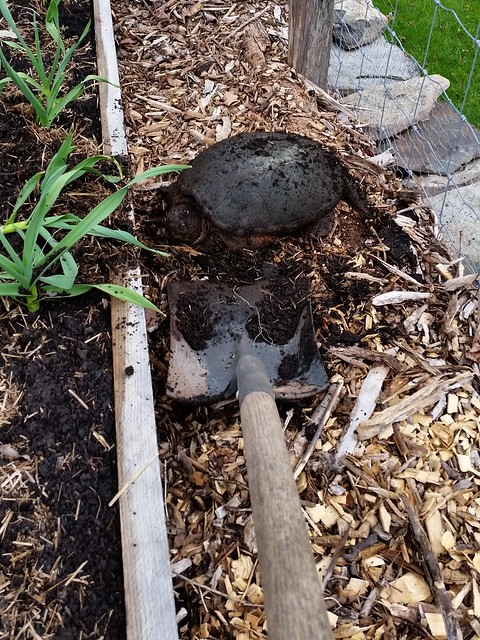
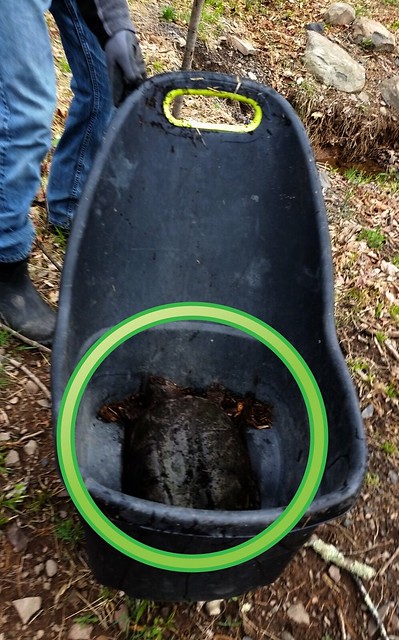
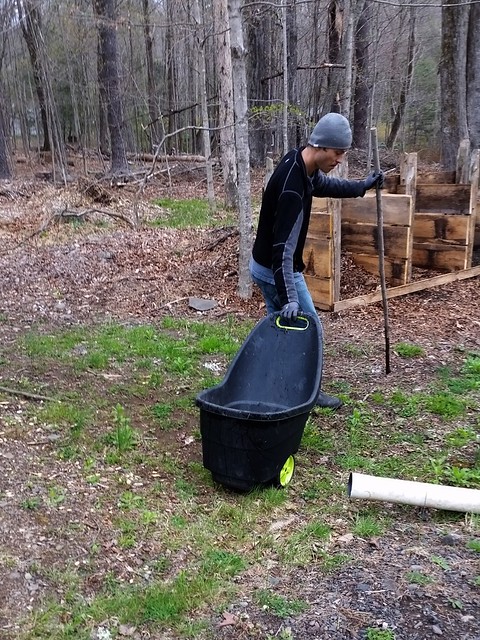
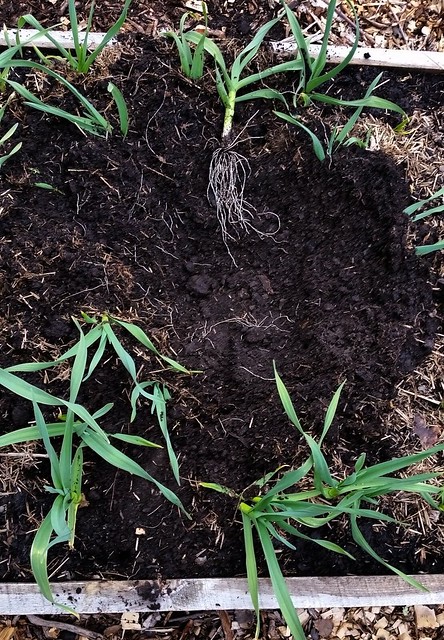

EmoticonEmoticon